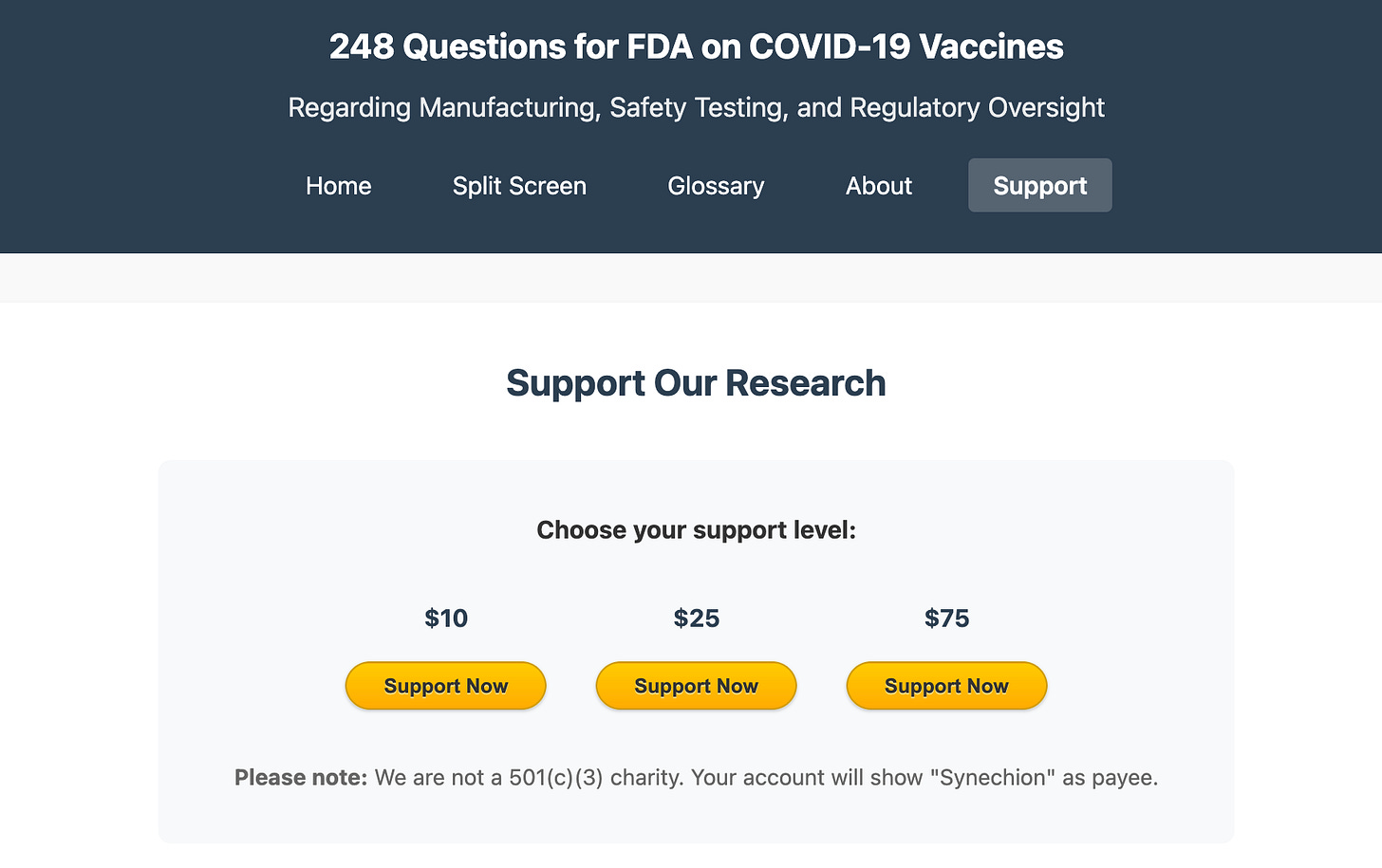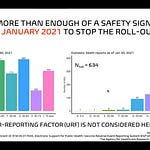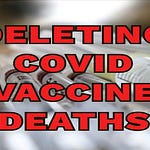Independent researchers, Dr. David Wiseman PhD, MRPharmS and Maria Gutschi BScPhm, PharmD, highlight the profound flaws in the safety monitoring and regulatory oversight of the COVID shots. They discuss their research, detailed in two preprints on ResearchGate:
Author: Dr. David Wiseman
Authors: Dr David Wiseman and Maria Gutschi
The 763 Lost Safety Signals in VAERS Analysis
David’s initial preprint analyzes the FDA’s empirical Bayesian disproportionality signal detection in VAERS data for the COVID modRNA shots, which he refers to as “pro-vaccines” due to their gene-therapy-like mechanism. He identifies three methodological flaws—truancy, masking, and filtering—that systematically underestimated risks, leading to the loss of hundreds of potential safety signals.
Truancy: This refers to signals that “went missing” without explanation. By cross-referencing the FDA’s data with more comprehensive datasets, David estimates 281 unreported signals. For instance, myocarditis signals for Moderna and pulmonary embolism for both Moderna and Pfizer vanished from the FDA’s reports, despite statistical plausibility.
Masking: Adverse events from one vaccine (e.g., Pfizer’s myocarditis cases) were erroneously lumped into the control group for another (e.g., Moderna), obscuring true signals. The FDA used Oracle’s Empirica software but skipped its masking-adjustment feature, potentially hiding another 365 signals.
Filtering: The FDA raised the statistical threshold for signal detection too high, excluding an estimated 117 additional signals. In total, 763 signals were lost, plus 580 “borderline” cases warranting further scrutiny.
These signals represent potential risks under Emergency Use Authorization (EUA) laws, requiring FDA investigation without proving causality. David criticizes a “double standard”: efficacy claims were accepted on probabilistic evidence, while safety concerns demanded ironclad proof, eroding trust in regulatory decisions and VAERS as the nation’s early warning system.
Notably, the analysis revealed imbalances favouring Janssen signals (110 of 124 in an April 2022 FDA report) over Pfizer (8) and Moderna (6), despite the latter’s far greater usage (5–9 times more doses). After adjustments, Janssen still showed 5–8 times more signals, often hematological (e.g., thrombosis with thrombocytopenia syndrome, or TTS). David argues the 2021 TTS pause distracted from broader issues, like myocarditis signals emerging in February 2021 but not acknowledged until May.
The Brighton Collaboration: Obscuring Harms
Maria critiques the Brighton Collaboration’s standardized definitions for adverse events following immunization (AEFI), originally designed for conventional vaccines in the early 2000s. Its algorithmic, high-threshold approach, she argues, is mismatched for mRNA pro-vaccines, which involve a “pharmacological phase” (mRNA translation) before immune activation. Key concerns include:
Catch-All Categories: Events like racing heartbeats are often classified as “immunization stress-related responses” (ISRR) or anxiety, bypassing deeper investigation. Take for instance the Maddie de Garay case, a Pfizer adolescent trial participant, whose disabling symptoms were dismissed as anxiety despite life-altering injuries (Maddie remains dependent on her feeding tube and wheelchair).
Causality Hurdles: Updated in 2019, the WHO-aligned criteria demand population-level data and temporal proof, nearly impossible for new platforms. “Unclassifiable” events pile up, unlike standard pharmacovigilance where they’re deemed “improbable.” Maria notes this enabled quick labeling for myocarditis only because of prior vaccine precedents (e.g., smallpox), not robust new evidence.
She calls for reevaluating AEFI criteria to better capture mRNA-specific risks, ensuring informed consent via accurate labeling.
The Second Paper: Regulatory Failures and the 248 Questions FDA
Prompted by Florida Surgeon General Joseph Ladapo’s 2023 letter on DNA contamination and FDA’s Dr. Peter Marks’ response, the second preprint, authored by David and Maria—”Great Expectations and Generous Reading of Guidelines Underestimate Potential Risk”—dissects oversight failures in manufacturing, safety testing, and quality. It culminates in 248 scientific questions for the FDA, highlighting gaps in oversight that remain largely unaddressed.
Biodistribution and Persistence: No comprehensive human studies exist on mRNA/spike protein distribution or duration. Maria stresses that lipid nanoparticles (LNPs) don’t uniformly transfect cells or produce protein—luciferase proxy studies mislead due to its short half-life. Recent data show mRNA persisting up to 703 days, contradicting “arm-localized” claims.
DNA Contamination and Genotoxicity: SV40 promoter sequences and residual DNA exceed guidelines (10 ng/dose, <200 base pairs). Health Canada requested size distributions via ATIP requests, but Pfizer deflected, claiming no regulator had asked! Moderna’s equivocal genotoxicity studies were partially omitted from FDA summaries. David debunks Marks’ nuclear-entry impossibility by noting mitosis dissolves the membrane, enabling integration risks—as preliminarily shown in vitro by labs like Dr. Phillip Buckhault’s.
Manufacturing and Frameshifting: EMA queries on truncated mRNA and unintended proteins (e.g., via ribosomal frameshifting) received evasive answers. The 248 questions probe these, plus LNP instability, drug interactions, and untested batch variations.
Click below to support the critical, ongoing research of Dr. David Wiseman and Maria Gutschi, uncovering vital truths about vaccine safety and regulatory oversight.
If you find value in the work I do, please consider a paid subscription or make a one-off donation.











